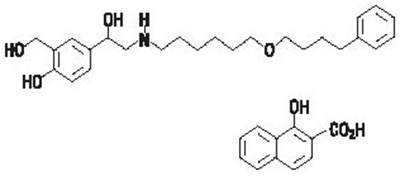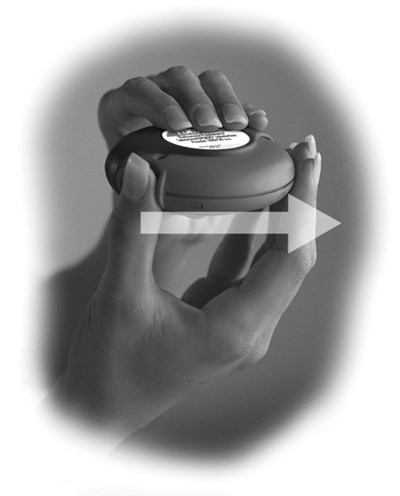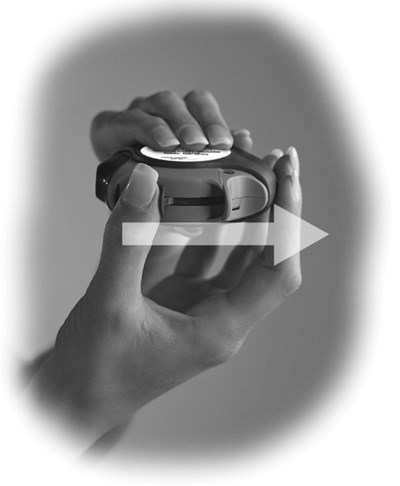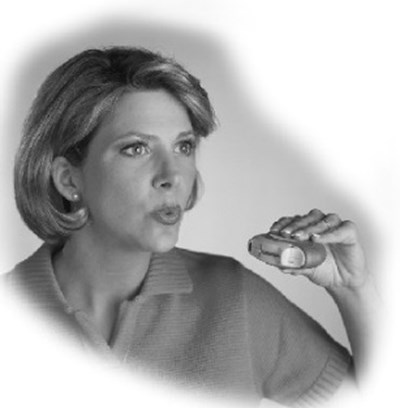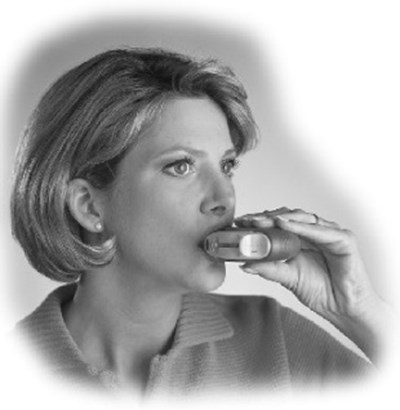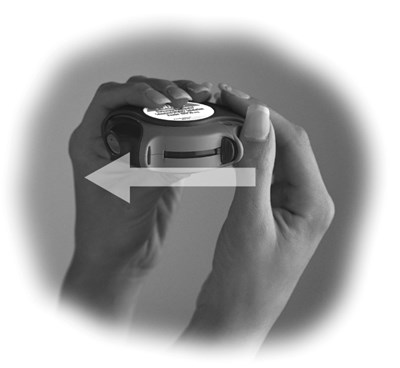Product Images Fluticasone Propionate And Salmeterol Diskus
View Photos of Packaging, Labels & Appearance
- fluticasone propionate chemical structure - fp sal spl graphic 01
- salmeterol xinafoate chemical structure - fp sal spl graphic 02
- Figure 1. Mean Percent Change From Baseline in FEV1 in Subjects With Asthma Previously Treated With Either Inhaled Corticosteroids or Salmeterol (Trial 1) - fp sal spl graphic 03
- Figure 2. Percent Change in Serial 12-hour FEV1 in Subjects With Asthma Previously Using Either Inhaled Corticosteroids or Salmeterol (Trial 1) - fp sal spl graphic 04
- Figure 3. Percent Change in Serial 12-hour FEV1 in Subjects With Asthma Previously Using Either Inhaled Corticosteroids or Salmeterol (Trial 1) - fp sal spl graphic 05
- Figure 4. Predose FEV1: Mean Percent Change From Baseline in Subjects With Chronic Obstructive Pulmonary Disease - fp sal spl graphic 06
- Figure 5. Two-Hour Postdose FEV1: Mean Percent Changes From Baseline Over Time in Subjects With Chronic Obstructive Pulmonary Disease - fp sal spl graphic 07
- Figure A - fp sal spl graphic 08
- Figure B - fp sal spl graphic 09
- Figure C - fp sal spl graphic 10
- IFU Figure D - fp sal spl graphic 11
- Figure E - fp sal spl graphic 12
- Figure F - fp sal spl graphic 13
- IFU Figure G - fp sal spl graphic 14
- Figure H - fp sal spl graphic 15
- 71205-262-60 - fp sal spl graphic 17
Product Label Images
The following 16 images provide visual information about the product associated with Fluticasone Propionate And Salmeterol Diskus NDC 71205-262 by Proficient Rx Lp, such as packaging, labeling, and the appearance of the drug itself. This resource could be helpful for medical professionals, pharmacists, and patients seeking to verify medication information and ensure they have the correct product.
Figure 1. Mean Percent Change From Baseline in FEV1 in Subjects With Asthma Previously Treated With Either Inhaled Corticosteroids or Salmeterol (Trial 1) - fp sal spl graphic 03

This appears to be a graph or table showing a comparison between different treatments for a respiratory condition. The treatments compared are: Fluticasone propionatelsalmeterol 100/50 meg twice daily, Fluticasone propionate 100 mog twice daily, Saimeterol 50 mog twice dally, and placebo. The x-axis appears to show the time frame of the study, with a "Week 0" label present. The y-axis appears to indicate "Change in FEV," which may refer to forced expiratory volume, a measure of lung function. The table likely shows the results of the treatments in terms of change in FEV at different time points.*
Figure 2. Percent Change in Serial 12-hour FEV1 in Subjects With Asthma Previously Using Either Inhaled Corticosteroids or Salmeterol (Trial 1) - fp sal spl graphic 04

The text describes a graph showing the percent change in FEV4 in relation to different treatments. The treatments include Fluticasone propionate/salmeterol 100/50 mog twice daily, Salmeterol 50 meg twice daily, Fluticasone propionate 100 meg twice daily, and Placebo. The graph has four lines representing each of the treatments. The text also provides sample sizes for each treatment group. Day 1 is identified as the baseline for the study.*
Figure 3. Percent Change in Serial 12-hour FEV1 in Subjects With Asthma Previously Using Either Inhaled Corticosteroids or Salmeterol (Trial 1) - fp sal spl graphic 05

This appears to be a chart or graph showing the results of a study evaluating the change in FEV (forced expiratory volume) for different treatments over the course of 12 weeks. The treatments evaluated include Fluticasone propionate/salmeterol, Salmeterol, Fluticasone propionate, and Placebo. The number of participants in each group is also provided. The chart appears to show that Fluticasone propionate/salmeterol had the greatest positive effect on FEV compared to the other treatments. The chart also shows the baseline for Day 1 and Hour.*
Figure 4. Predose FEV1: Mean Percent Change From Baseline in Subjects With Chronic Obstructive Pulmonary Disease - fp sal spl graphic 06

This looks like a chart or graph showing the results of a study with different treatments (Fluticasone propionate/salmeterol 250/50 mug, Salmeterol 50 mug, and Placebo) on patients with a baseline FEV1 of either 1207 mL or 1232 mL. The numbers on the chart may relate to the number of patients and their response to treatment over a period of 24 weeks. The chart appears to show improvements in lung function for those treated with Fluticasone propionate/salmeterol 250/50 mug, compared to those treated with Salmeterol 50 mug or Placebo.*
Figure 5. Two-Hour Postdose FEV1: Mean Percent Changes From Baseline Over Time in Subjects With Chronic Obstructive Pulmonary Disease - fp sal spl graphic 07

This appears to be a table with medication dosages and their corresponding baseline forced expiratory volume (FEV) measurements at different time points. The medications listed are Fluticasone propionate 25050mcg twice a day, Fluticasone propionate 250mcg twice a day and placebo. The table indicates the number of participants and their FEV measurements at different endpoints (day 1, week 4 and week 12). There are graphs representing the data over time.*
Figure A - fp sal spl graphic 08

This appears to be a list of parts for an unknown item. It is not possible to provide a useful description without further context as to what the item is.*
71205-262-60 - fp sal spl graphic 17

This is a description of a prescription drug labeled Fluticasone Propionate and Salmeterol Inhalation Powder. The drug is manufactured by GlaxoSmithKline and distributed in a blister pack container with 60 units of powder for oral inhalation only. The ingredients in each blister include 250 mcg of fluticasone propionate and 72.5 mcg of salmeterol xinafoate, equivalent to 50 mcg of salmeterol base, mixed with lactose. There are instructions to read the package insert and store the product between 38°F and 77°F.*
* The product label images have been analyzed using a combination of traditional computing and machine learning techniques. It should be noted that the descriptions provided may not be entirely accurate as they are experimental in nature. Use the information in this page at your own discretion and risk.

